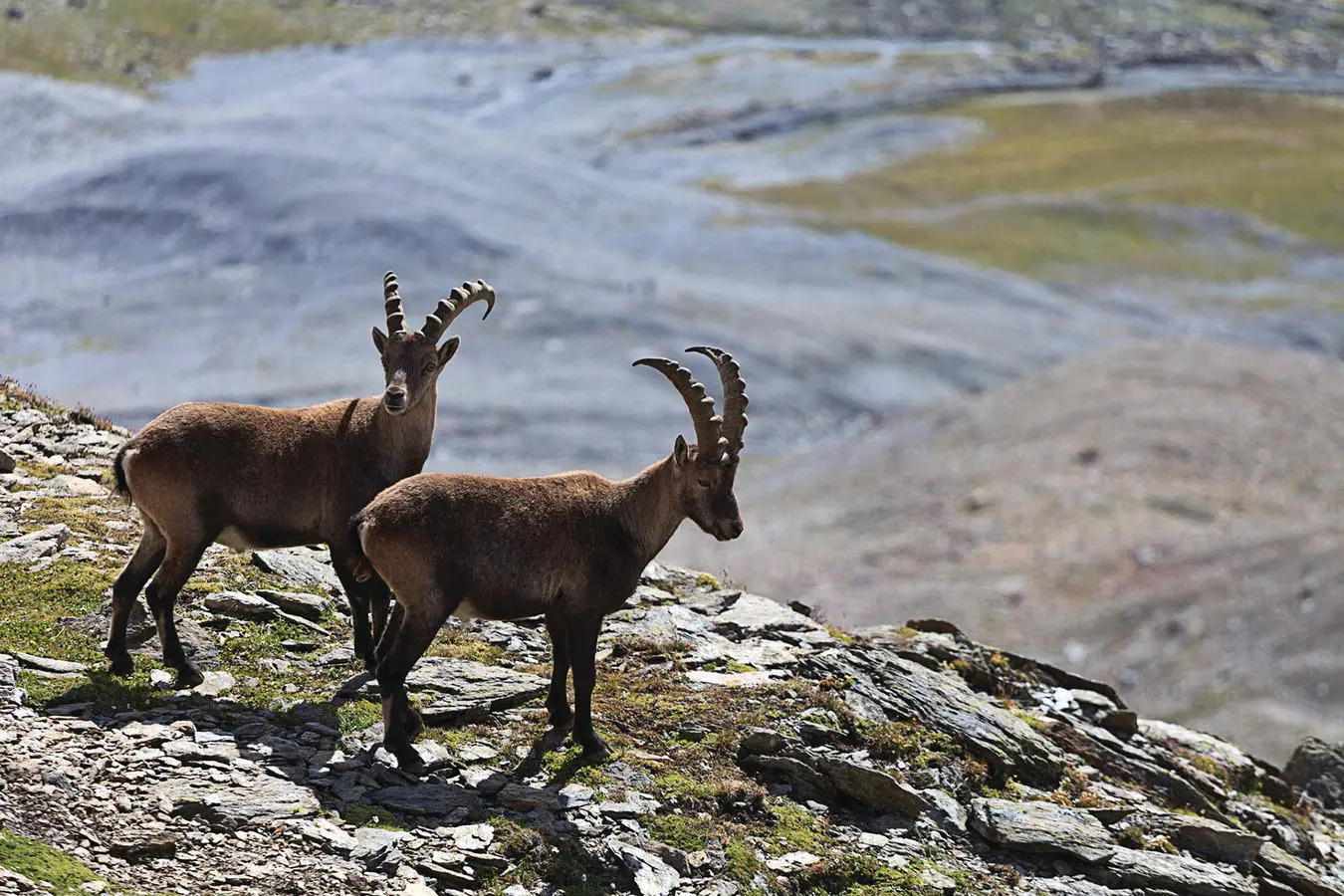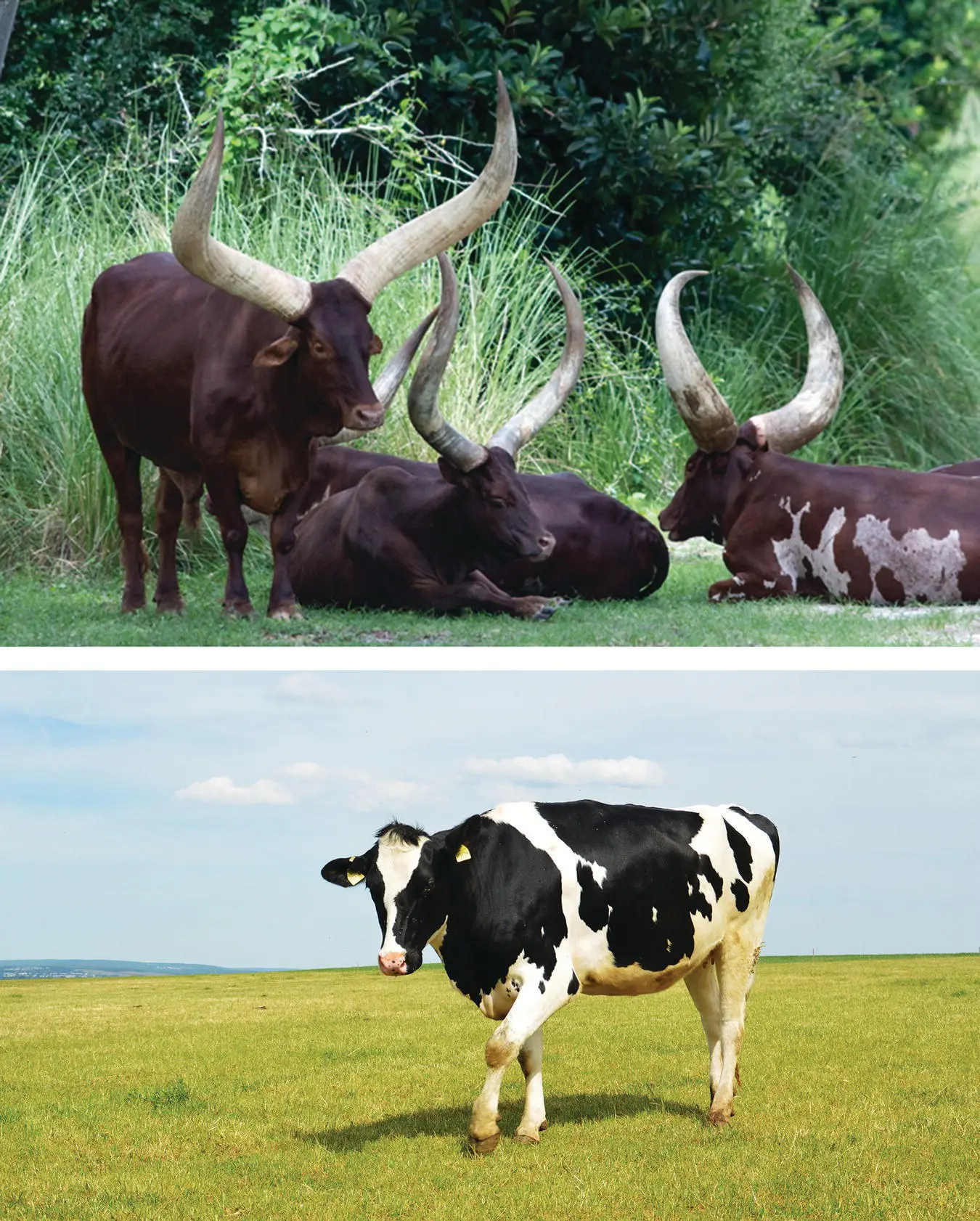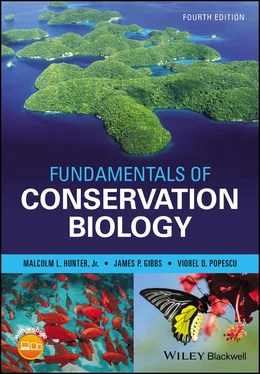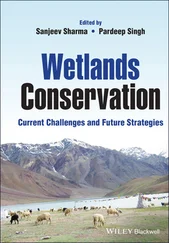Evidence for low fitness due to loss of genetic variation has slowly been accumulating for a diverse suite of species (Frankham et al. 2014). Good examples are lions (Packer et al. 1991), song sparrows (Keller et al. 1994), adders (Madsen et al. 1996), and Fennoscandian arctic foxes (Norén et al. 2016). Because inbreeding is particularly germane in captive populations, conservation biologists who work with captive populations of wild species that are endangered or extinct in the wild and those who manage rare breeds of domestic species strive to minimize inbreeding depression. We will return to genetic management of populations later in this chapter.
A loss of fitness can also occur when mating occurs between individuals that are too genetically dissimilar, a phenomenon called outbreeding depression (Schaal and Leverich 2005). Many species have a large range that includes quite different environments even though the populations comprising them are often adjacent and exchanging genes through dispersal and interbreeding. Consider the peregrine falcon that breeds on every continent except Antarctica. Birds breeding in southern Africa have had to adapt to a very different environment from those in, say, arctic Canada, India, or Japan. They do this through development of co‐adapted gene complexes , which is to say suites of alleles that work well together and “fit” the animal to its particular environment. So what happens when you cross‐breed individuals from different environments (something that has been done extensively with peregrine falcons)? These gene complexes can be broken up with the end result being offspring that are adapted to nowhere in particular and whose fitness is thereby depressed everywhere. This is the essence of outbreeding depression, which is mostly a concern in captive‐bred species where individuals from very different origins can be “thrown together” in breeding programs. In nature individuals rarely travel the distances that would break up co‐adapted gene complexes. Examples of outbreeding depression are diverse and include translocations of ibex to restore populations in the Tatra Mountains of Slovakia ( Fig. 5.10), common frogs (Sagvik et al. 2005), salmonid fishes (Lehnert et al. 2014), and orangutans (Banes et al. 2016). It is important to note that inbreeding and outbreeding are part of the same continuum from breeding with close relatives to breeding with completely unrelated individuals, with many species breeding systems defined along a narrow part of the gradient, hemmed in between the depression caused by inbreeding and outbreeding (Brys and Jacquemyn 2016).

Figure 5.10 Outbreeding depression among ibex. When an ibex population of the Tatra Mountains of Slovakia was extirpated, conservationists replaced it with animals from nearby Austria (Capra ibex ibex), and later added ibex from Turkey (Capra ibex aegagrus) and the Sinai (Capra ibex nubiana) . The offspring of these subspecific crosses mated in the fall rather than the winter as the Austrian ibex had, and their young were born during the winter, rather than spring, and died. The reintroduction failed; worse, it caused the whole population to disappear. This is one of the subspecies involved in the dysfunctional crosses: Capra ibex ibex .
(Daniele Faieta/Flickr/CC BY 4.0)
Although outbreeding depression usually refers to intraspecific mating, botanists also use the term to refer to a loss of fitness that occurs when individuals of two closely related species interbreed, what zoologists would call hybridization. (Recall that botanists often do not use the reproductive isolation definition of species described in Chapter 3.) Interspecific outbreeding depression or hybridization is a problem among some rare plants that may be exposed to large amounts of pollen from closely related common species (e.g. Rieseberg and Gerber 1995).
In the case of some rare plants suffering from inbreeding, a little outbreeding may be “the cure.” Consider the seabluff catchfly; outbred individuals may be more fit than offspring from selfing or local pollination and hence more valuable for translocation efforts (Kephart 2004). Genetic rescue is the technical term used to describe mitigating the effects of inbreeding through outbreeding. Evidently a small amount of gene flow has immediate and lasting impacts on reducing inbreeding (Frankham 2016) although caution is urged in its application (Waller 2015). In summary, inbreeding and outbreeding may lead to a loss of fitness because: (1) inbreeding generates more homozygotes (some of which may express recessive deleterious alleles lurking in the population); and (2) with outbreeding, adaptive genetic differences among populations are lost through intermixing. It must be emphasized that these are both generalizations that do not necessarily apply to all species. For example, endangered red wolves are not apparently vulnerable to inbreeding depression (Brzeski et al. 2014) whereas arctic foxes very much are (Norén et al. 2016); sensitivities may even vary within different populations of the same species (Fenster and Galloway 2000).
The surreal images of a St. Bernard sitting on someone’s lap or a Chihuahua wading through alpine snows highlight the importance of the genetic diversity of domestic species. Or consider ankole watusi cattle raised as beef on a dry pasture in Malawi versus Holstein Friesian cattle on a lush pasture of a dairy farm in Belgium – they effectively cannot trade places or purposes ( Fig. 5.11). This diversity reflects people having acted as agents of artificial selection to develop different forms of the same species for a variety of purposes: lap dogs and rescue dogs, corn for silage and corn for the dinner table, cherries to eat and cherry trees to admire, cows to milk or cows to eat, and so on (Virchow 1999 ; Mormède 2005). Just as important, it allows us to grow the same species in a variety of environments, each with a different climate and local suite of pathogens, predators, competitors, and so forth. Genetic diversity can also be exploited simply to satisfy our appetite for variety. The explosion of color and form in flower gardens and love of different types of hot peppers in cooking are strong testament to the saying, “variety is the spice of life.”

Figure 5.11 Ankole watusi cattle raised as beef on a dry pasture in Malawi versus Holstein Friesian cattle on lush pasture of a dairy farm in Belgium cannot effectively cannot trade places or purpose.
(Matthew Bellemare/Flickr/CC BY 2.0 [top] and Tobias Nordhausen/Flickr/CC BY 2.0 [bottom])
The genetic diversity of some wild populations is also important to plant and animal breeders because wild relatives of domestic species are a significant source of genetic material. For example, when scientists at the International Rice Research Institute in the Philippines set out to develop a variety of rice that would be resistant to a major disease, grassy stunt virus, they screened over 6000 varieties of rice and found only one variety that was resistant to the disease. That variety, a wild species of rice called Oryza nivara, was represented in their collection by only 30 kernels, of which only three showed resistance (Hoyt 1988). Returning to the area in north‐central India where the rice sample had been collected, they could find no new material; the original collection site had been inundated by a dam. Fortunately, this story still had a happy ending because they were able to use the genetic information in these three kernels to develop a new variety of rice, IR36, that is resistant to this virus and is planted across millions of hectares in Asia (Ma et al. 2016).
Читать дальше














